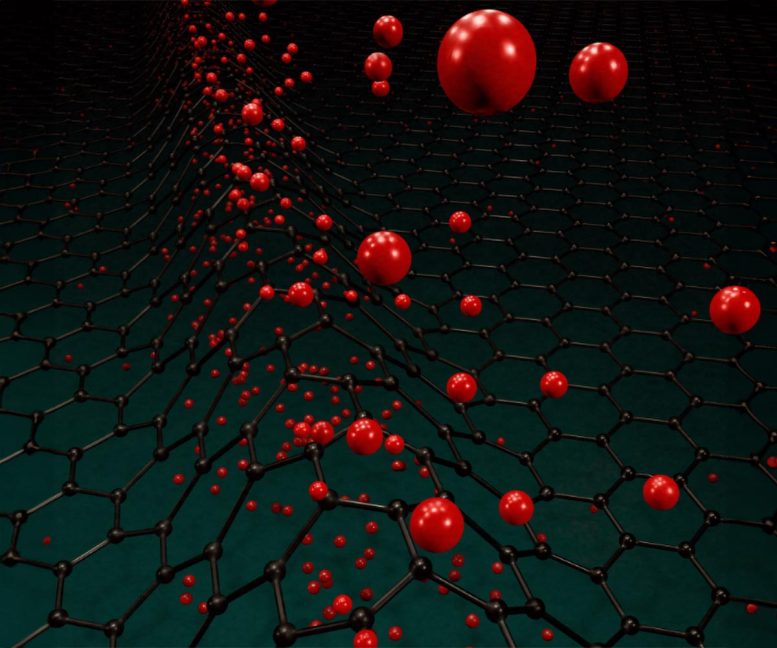
Researchers have determined that graphene’s permeability to protons is intrinsically high, contrary to prior speculations. Using advanced techniques, they observed accelerated proton movement around graphene’s nanoscale wrinkles and ripples. This discovery could revolutionize the hydrogen economy by replacing current costly catalysts and membranes with sustainable 2D crystals, promoting green hydrogen production. Credit: University of Manchester
Researchers uncover graphene’s intrinsic proton permeability, offering a potential boost to the hydrogen economy and green hydrogen production.
Researchers from The University of Manchester and the University of Warwick have unraveled the longstanding mystery of why graphene’s permeability to protons significantly surpasses theoretical expectations.
A decade ago, scientists at The University of Manchester made the surprising discovery that graphene is permeable to protons, the nuclei of hydrogen atoms. This unexpected result threw the scientific community into debate, as established theory had predicted that it would take billions of years for a proton to pass through graphene’s densely packed crystalline structure. Consequently, it was theorized that the protons might be traversing through minute pinholes present in the graphene, rather than the crystal lattice.
Findings and Implications
Now, as reported today (August 23) in the journal Nature, ultra-high spatial resolution measurements of proton transport through graphene and prove that perfect graphene crystals are permeable to protons. Unexpectedly, protons are strongly accelerated around nanoscale wrinkles and ripples in the crystal. The study was a collaboration between the University of Warwick, led by Prof. Patrick Unwin, and The University of Manchester, led by Dr. Marcelo Lozada-Hidalgo and Prof. Andre Geim.
The discovery has the potential to accelerate the hydrogen economy. Expensive catalysts and membranes, sometimes with significant environmental footprint, currently used to generate and utilize hydrogen could be replaced with more sustainable 2D crystals, reducing carbon emissions, and contributing to Net Zero through the generation of green hydrogen.
“Exploiting the catalytic activity of ripples and wrinkles in 2D crystals is a fundamentally new way to accelerate ion transport and chemical reactions. This could lead to the development of low-cost catalysts for hydrogen-related technologies.”
— Dr. Marcelo Lozada-Hidalgo
Research Techniques and Comments
The team used a technique known as scanning electrochemical cell microscopy (SECCM) to measure minute proton currents collected from nanometer-sized areas. This allowed the researchers to visualize the spatial distribution of proton currents through graphene membranes. If proton transport took place through holes as some scientists speculated, the currents would be concentrated in a few isolated spots. No such isolated spots were found, which ruled out the presence of holes in the graphene membranes.
Drs. Segun Wahab and Enrico Daviddi, leading authors of the paper, commented: “We were surprised to see absolutely no defects in the graphene crystals. Our results provide microscopic proof that graphene is intrinsically permeable to protons.”
Unexpectedly, the proton currents were found to be accelerated around nanometer-sized wrinkles in the crystals. The scientists discovered that this arises because the wrinkles effectively ‘stretch’ the graphene lattice, thus providing a larger space for protons to permeate through the pristine crystal lattice. This observation now reconciles the experiment and theory.
Dr. Lozada-Hidalgo said: “We are effectively stretching an atomic scale mesh and observing a higher current through the stretched interatomic spaces in this mesh – mind-boggling.”
Prof Unwin commented: “These results showcase SECCM, developed in our lab, as a powerful technique to obtain microscopic insights into electrochemical interfaces, which opens up exciting possibilities for the design of next-generation membranes and separators involving protons.”
Looking Forward
The authors are excited about the potential of this discovery to enable new hydrogen-based technologies.
Dr. Lozada-Hidalgo said, “Exploiting the catalytic activity of ripples and wrinkles in 2D crystals is a fundamentally new way to accelerate ion transport and chemical reactions. This could lead to the development of low-cost catalysts for hydrogen-related technologies.”
Reference: “Proton transport through nanoscale corrugations in two-dimensional crystals” by O. J. Wahab, E. Daviddi, B. Xin, P. Z. Sun, E. Griffin, A. W. Colburn, D. Barry, M. Yagmurcukardes, F. M. Peeters, A. K. Geim, M. Lozada-Hidalgo and P. R. Unwin, 23 August 2023, Nature.
DOI: 10.1038/s41586-023-06247-6

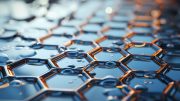
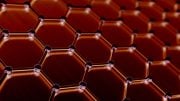

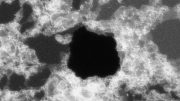
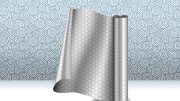

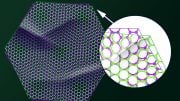
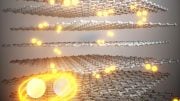
Be the first to comment on "More Graphene Magic Starts When Flatness Ends: A Proton Permeability Puzzle Solved!"